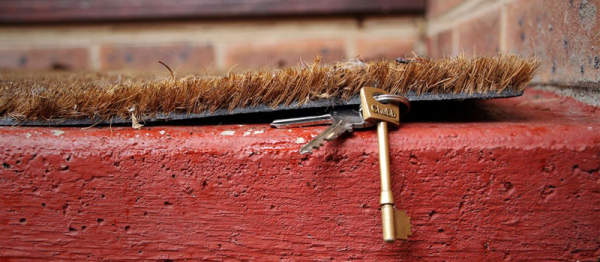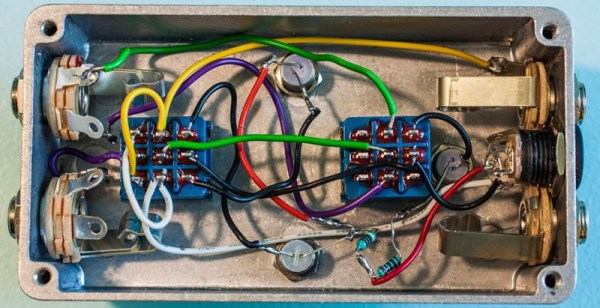This is a super cute hack for you Linux users out there. If you have played around with SSH, you know it’s the most amazing thing since sliced bread. For tunneling in, tunneling out, or even just to open up a shell safely, it’s the bees knees. If you work on multiple computers, do you know about ssh-copy-id? We had been using SSH for years before stumbling on that winner.
Anyway, [Felipe Lavratti]’s ssh-allow-friend script is simplicity itself, but the feature it adds is easily worth the cost of admission. All it does is look up your friend’s public key (at the moment only from GitHub) and add it temporarily to your authorized_keys file. When you hit ctrl-C to quit the script, it removes the keys. As long as your friend has the secret key that corresponds to the public key, he or she will be able to log in as your user account.
Continue reading “Grant Anyone Temporary Permissions To Your Computer With SSH”












